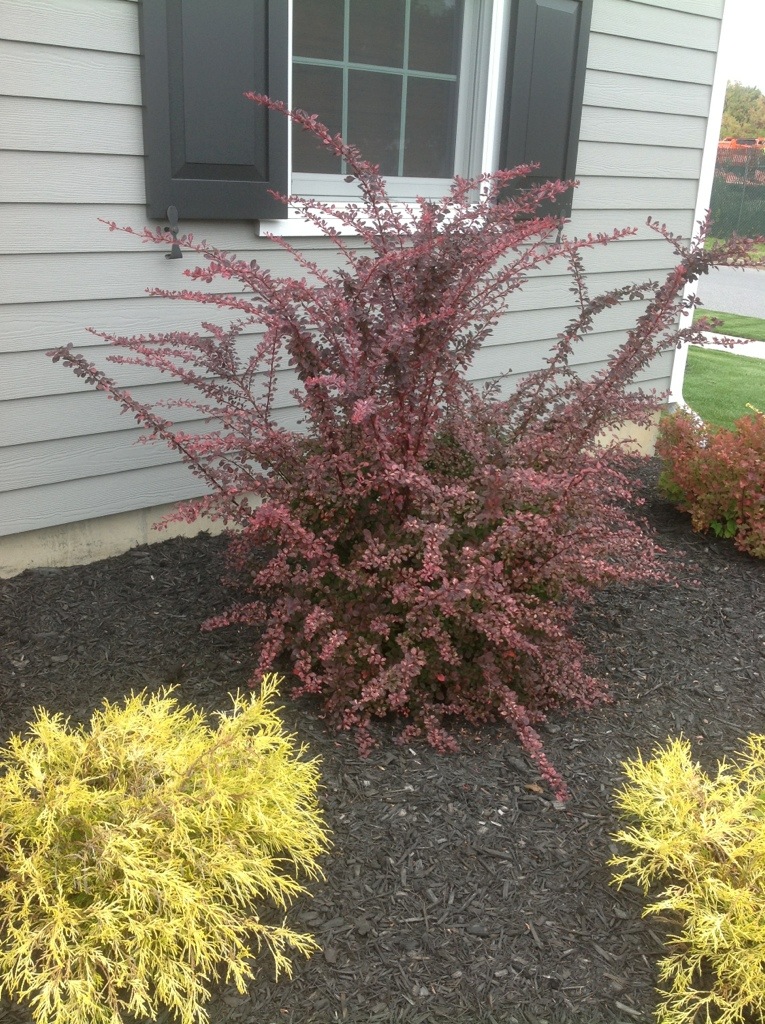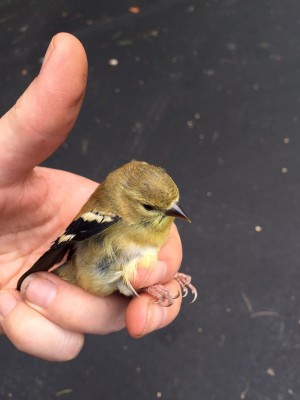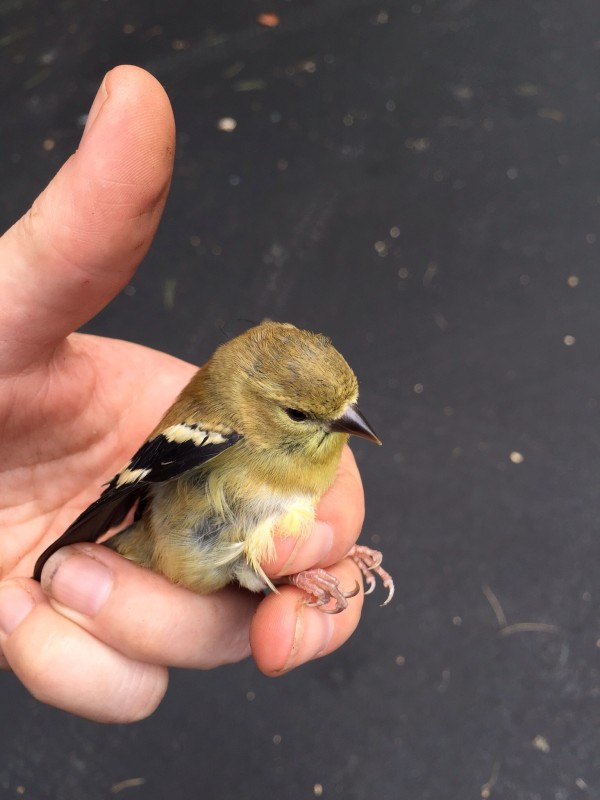
8 Natural Ways to Reduce Tick Exposure this Season.
It’s almost the time of year in the northeast when we all get to enjoy the outdoors again. Exhilarating after months of cabin fever! But most of us have one nagging fear these days about time spent in nature and that is, “how do I reduce my tick exposure? Preferably to zero?” After almost 2 decades of organic landscaping, this is something we’ve had to struggle with a whole lot. So here’s a list of our eight top suggestions to naturally avoid ticks this year- and every year. It’s not an exhaustive list. But it includes the strategies roadtested personally by our team. We would love to hear what everybody else does in the comments!
#1. Break up the Lawn Monoculture.
We are a part of the problem in the spike in tick populations, for various types of short sighted irresponsibility. Maybe the most notable is our odd fascination with non-native lawn monocultures. Traditional American lawns have been compared to “deserts” in the amount of wildlife they are able to support. Unfortunately, it’s created an unnatural ecosystem where the only critters who feel welcome to move around openly are white-tailed deer and the white-footed mouse. What do these two animals have in common? (If you guessed they are both rodents, no one blames you but that’s not it.)
Mice and deer are both serious tick transporters. They bring the tick population IN from the woods. Properties that have other animals visit (opossum, fox, skunk especially) benefit from everything being on the move AWAY from the home and the family’s tick exposure is reduced by the animals carrying the ticks back into the woods. But as in everything related to the ecosystem there’s many layers of mystery and interrelationship. For example, did you know skunks hunt mice part of the year?
#2 Keep Chickens.
Free range chickens eat ticks and tick eggs like it’s their job. If you like animals and the community you live in is a decent fit for it, then consider keeping some chickens or guinea hens. Even acquiring a small number and keeping them as pets is enough to make a huge difference. In 12 years of organic landscaping in the Capital/Schenectady/Saratoga region, I have never once been bitten by a tick on a property that has free range chickens. The home owners of these properties agree that their chickens successfully reduce the tick exposure for their family and pets.
#3 Get Rid of Barberry and Other Invasive Plants.

By now everybody knows that Barberry functions as the “Lyme Tick Nurseries,” right? Landscaping in the past 100 years has been littered with short-sighted decisions, and the introduction of exotic plants that become invasive is a repetitive story with predictable consequences- and some surprises too. Our poor plant and shrub choices have resulted in habitat loss and a reduction in biodiversity, and more recently there’s been noticeable consequences to public health with increased tick exposure and Lyme disease.
#4 Cedar Mulched Paths and Beds.

Natural (uncolored) cedar is the best choice for paths between garden paths and beds. Consequently, using it can reduce tick exposure because the aroma of cedar repels ticks.
#5 Plant a Bird Garden.

Two-thirds of our country’s bird species populations are struggling. The decline in bird numbers has resulted in a tsunami of unchecked tick population explosion. It’s a tick baby boom. Gardens that encourage bird visitation are composed of native species plants, especially shrubs. Birds need shrubs to hide in.
#6 Plant Pollinator Gardens.

At fast food restaurants, the management often gives free coffee and cheeseburgers to the cops. The refreshments are offered to make the police feel welcome at the location, and in turn promote security and protection. All in all, this is the same concept. If we plant pollinator gardens and landscaping designed to welcome pollinators, then birds will naturally spend more time on our properties because there’s food to attract them. Concurrently, once the birds are onsite, they will start hunting ticks and tick eggs.
#7 Protect Yourself!
Certainly, wear insect repellent. We make one with essential oils of cedar, lemongrass, geranium and eucalyptus. Additionally, you can use a eucalyptus castile soap in the summer instead of any sweet fragrance.
Straightaway, tuck your pants into your boots (or leggings!) In our experience, loose pant hems are the #1-way ticks access humans.
#8 Hire a Lawn Service to Spray Cedar Oil or DIY
Currently, many lawn treatment services offer organic options. One service is perimeter treatments of cedar oil, which is very effective to reduce tick exposure. A homeowner can also do this themselves after a visit to their local hydroponic shop.


